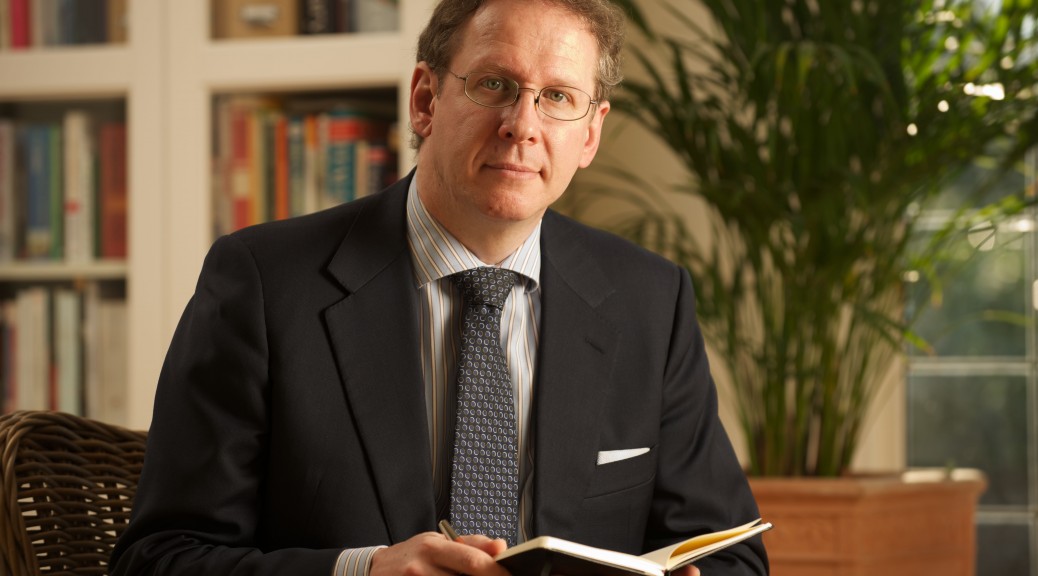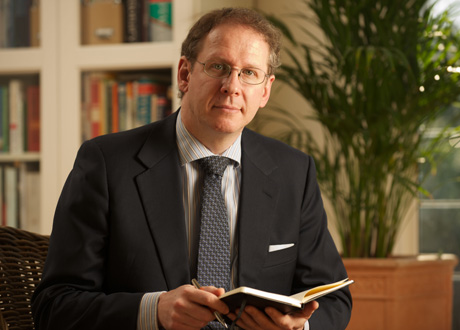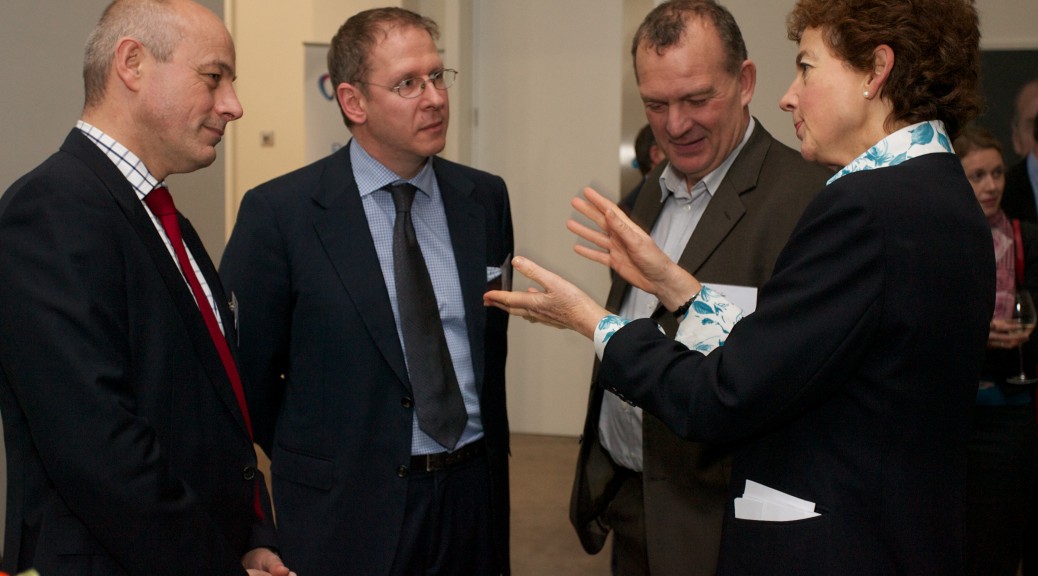
This blog was first published on Ecoconnect, a cleantech networking and funding forum. It has been republished with the permission of Fellow, Sam Cockerill, to share his experience of applying for grant funding for business development.
On the one hand, any additional sources of funds are welcome, especially for pre-revenue tech businesses in the UK which may find it tough to get that first external funding round in place. Some technology start-ups, often in the US, can get to market with angel and/or venture capital funding alone. In the UK, there is a chronic shortage of such investors willing or able to back pre-revenue businesses with the kind of funding required to develop market-ready products. Grant funding can help to meet this funding shortfall and can also improve the odds of securing external investor funding.
On the other hand, getting your business off the ground requires that you push hard on several fronts at once: Researching your market and potential customer needs, developing your product or service, establishing a credible route to market, getting your team and partner relationships in place, securing external funding, reporting on your progress to investors, winning your first sales and handling a multitude of administration tasks. Your time is precious, and taking on any new activity will create more work.
Questions to ask yourself before committing time
To date around a third of total funding for my start-up business, Libertine FPE, has come from grant sources although not all of our grant applications have succeeded. Before I consider working on a prospective grant application, I ponder three questions: What is the value to my business? What are my odds? Is this the right time?
What is the value to my business? More specifically, how will this grant funding help me achieve more revenue, sooner, and with less risk?
Competitive grant schemes are typically awarded to undertake specific project proposals. A grant competition scope document may provide tight criteria defining what types of projects are eligible and how projects will be assessed in the application process. If a viable project defined in this way is a significant departure from your core business plan it’s probably going to pull resource away from your most important priorities and may require incremental fundraising to cover any matching requirements – clearly a non-starter. If this project is directly aligned with what you are already planning to do, grant funding can make a meaningful contribution to the total funding requirements of your business and accelerate your time to market by months or (possibly) years. If this improvement is only marginal, consider whether the application effort is worthwhile. This is the first and most important test of whether a particular grant competition could be worth going for.
What are my odds?
Unless you have time on your hands, smaller grants may not provide the scale of game-changing support necessary to justify the application time and effort. However, larger grant schemes are fiercely competitive, and if the odds of success are too low you will probably be wasting your time.
The key here is in the grant competition scope details that are typically provided in guidance documents and briefings, and which set out the competition scope and selection criteria that will be applied in the assessment of applications. These may include the nature of the technology (For example the market application, technology readiness level, intellectual property status), the nature of the business and/or consortium (size, age, location, SIC code, inclusion of research or academic partners) and the potential benefits (for example CO2 impact, value creation, wider economic and social benefits).
The competition scope criteria are typically qualitative tests, in other words your project either fits or it doesn’t, but the scope document may also provide some guidance as to the types of projects that are most likely to succeed. The assessment criteria are typically more subjective and your application might consist of a set of responses to discrete questions which are assessed and scored individually. A successful application must be within the competition scope, and must score sufficiently highly relative to other in-scope applications.
If the scope is very broad and the assessment criteria generic, the field of applicants will be huge and it will be harder to differentiate your application based on its fit with the scope and assessment criteria. If you happen to find a grant competition that fits directly with your technology, market application and business model, the odds are likely to be better – however, there is a twist.
Most grant assessment criteria include evidence of ‘additionality’, i.e. evidence that if you get the grant you will take a different course of action that is in addition to your plans without grant support. This requirement may appear to conflict with the imperative that your grant funded project is directly aligned with your core business plan. If your business plan is to develop and launch widget A in market X, a project to develop widgets B and C for markets Y and Z clearly passes the ‘additionality’ test but there may be good reasons why these new products/markets did not feature highly in your original plan, grant funding or not.
If your additionality argument is ‘no-one else will fund us’, you immediately undermine the business case set out elsewhere in your application. Perhaps the most legitimate form of ‘additionality’ in my view is the acceleration of your technology development and market entry plan. Rather than progressing with small steps through several cycles of product development, market proof and fundraising as you climb towards your first revenues, a good grant funded project will let you bound up the same staircase, ideally providing you with some robust technology or market proof, cementing one or more partner relationships, and setting you up for success your next funding round. The destination may be the same, but the grant funded project should get you there much quicker.
In my next post, I will discuss the timing of your application and provide top five tips for making a grant funding application.
Grant funding can play an important role in getting a clean technology business started but the application processes are often complex and time consuming. With increasing competition for available UK grants the odds of success may be low. For a cleantech entrepreneur, the decision to commit scarce time and effort to apply for grant funding can be finely balanced.
On the one hand, any additional sources of funds are welcome, especially for pre-revenue tech businesses in the UK which may find it tough to get that first external funding round in place. Some technology start-ups, often in the US, can get to market with angel and/or venture capital funding alone. In the UK, there is a chronic shortage of such investors willing or able to back pre-revenue businesses with the kind of funding required to develop market-ready products. Grant funding can help to meet this funding shortfall and can also improve the odds of securing external investor funding.
On the other hand, getting your business off the ground requires that you push hard on several fronts at once: Researching your market and potential customer needs, developing your product or service, establishing a credible route to market, getting your team and partner relationships in place, securing external funding, reporting on your progress to investors, winning your first sales and handling a multitude of administration tasks. Your time is precious, and taking on any new activity will create more work.
Questions to ask yourself before committing time: To date around a third of total funding for my start-up business, Libertine FPE, has come from grant sources although not all of our grant applications have succeeded. Before I consider working on a prospective grant application, I ponder three questions: What is the value to my business? What are my odds? Is this the right time?
What is the value to my business? More specifically, how will this grant funding help me achieve more revenue, sooner, and with less risk? Competitive grant schemes are typically awarded to undertake specific project proposals. A grant competition scope document may provide tight criteria defining what types of projects are eligible and how projects will be assessed in the application process.
If a viable project defined in this way is a significant departure from your core business plan it’s probably going to pull resource away from your most important priorities and may require incremental fundraising to cover any matching requirements – clearly a non-starter. If this project is directly aligned with what you are already planning to do, grant funding can make a meaningful contribution to the total funding requirements of your business and accelerate your time to market by months or (possibly) years. If this improvement is only marginal, consider whether the application effort is worthwhile. This is the first and most important test of whether a particular grant competition could be worth going for.
What are my odds? Unless you have time on your hands, smaller grants may not provide the scale of game-changing support necessary to justify the application time and effort. However, larger grant schemes are fiercely competitive, and if the odds of success are too low you will probably be wasting your time.
The key here is in the grant competition scope details that are typically provided in guidance documents and briefings, and which set out the competition scope and selection criteria that will be applied in the assessment of applications. These may include the nature of the technology (For example the market application, technology readiness level, intellectual property status), the nature of the business and/or consortium (size, age, location, SIC code, inclusion of research or academic partners) and the potential benefits (for example CO2 impact, value creation, wider economic and social benefits).
The competition scope criteria are typically qualitative tests, in other words your project either fits or it doesn’t, but the scope document may also provide some guidance as to the types of projects that are most likely to succeed. The assessment criteria are typically more subjective and your application might consist of a set of responses to discrete questions which are assessed and scored individually. A successful application must be within the competition scope, and must score sufficiently highly relative to other in-scope applications.
If the scope is very broad and the assessment criteria generic, the field of applicants will be huge and it will be harder to differentiate your application based on its fit with the scope and assessment criteria. If you happen to find a grant competition that fits directly with your technology, market application and business model, the odds are likely to be better – however, there is a twist.
Most grant assessment criteria include evidence of ‘additionality’, i.e. evidence that if you get the grant you will take a different course of action that is in addition to your plans without grant support. This requirement may appear to conflict with the imperative that your grant funded project is directly aligned with your core business plan. If your business plan is to develop and launch widget A in market X, a project to develop widgets B and C for markets Y and Z clearly passes the ‘additionality’ test but there may be good reasons why these new products/markets did not feature highly in your original plan, grant funding or not.
If your additionality argument is ‘no-one else will fund us’, you immediately undermine the business case set out elsewhere in your application. Perhaps the most legitimate form of ‘additionality’ in my view is the acceleration of your technology development and market entry plan. Rather than progressing with small steps through several cycles of product development, market proof and fundraising as you climb towards your first revenues, a good grant funded project will let you bound up the same staircase, ideally providing you with some robust technology or market proof, cementing one or more partner relationships, and setting you up for success your next funding round. The destination may be the same, but the grant funded project should get you there much quicker.
Click here to read part 2.





















